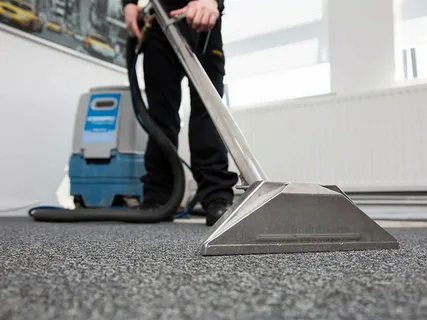When it comes to enhancing your home’s comfort and functionality, choosing the right type of screen for your outdoor spaces can make a significant difference. Whether you’re considering patio screens or traditional screens, understanding the pros and cons of each option will help you make an informed decision. This article delves into the advantages and disadvantages of patio screens compared to traditional screens, providing homeowners with valuable insights.
Understanding Patio Screens
Patio screens are specifically designed to enclose outdoor living spaces such as patios, porches, and decks. They are often made from durable materials like aluminum or fiberglass and can be installed as fixed screens, retractable screens, or sliding panels. The primary goal of patio screens is to create a comfortable, bug-free outdoor environment while allowing for fresh air and natural light.
Pros of Patio Screens
- Enhanced Outdoor Living Space: Patio screens effectively extend your living space, creating a versatile area that can be used for dining, relaxing, or entertaining guests without the nuisance of insects.
- Improved Airflow and Natural Light: Unlike solid walls, patio screens allow for excellent airflow and ample natural light, maintaining a connection with the outdoors while providing protection from bugs.
- Customizable Options: Patio screens come in various styles and materials, allowing homeowners to choose designs that complement their home’s architecture and personal preferences.
- Privacy and Security: Some patio screens offer privacy features, such as tinted or mesh screens that obscure the view from outside. Additionally, they can act as a deterrent to intruders by providing an extra layer of security.
Cons of Patio Screens
- Installation Costs: The initial installation of patio screens can be more expensive compared to traditional screens, especially if you opt for custom or high-end materials.
- Maintenance Requirements: While durable, patio screens may require regular maintenance to keep them in good condition, including cleaning and occasional repairs or replacements.
Traditional Screens: A Classic Choice
Traditional screens are commonly used for windows and doors in residential settings. They are typically made from materials like aluminum, fiberglass, or stainless steel and are designed to keep insects out while allowing ventilation.
Pros of Traditional Screens
- Affordability: Traditional screens are generally more affordable than patio screens, making them a cost-effective option for homeowners on a budget.
- Easy Installation: Installing traditional screens is relatively straightforward and can often be done by homeowners without professional assistance.
- Low Maintenance: Traditional screens require minimal maintenance. They are easy to clean and can be replaced individually if damaged.
- Versatility: Traditional screens can be used on a variety of window and door types, making them a versatile option for different areas of the home.
Cons of Traditional Screens
- Limited Outdoor Usage: Unlike patio screens, traditional screens are not designed to enclose large outdoor spaces, limiting their utility for creating extensive outdoor living areas.
- Less Customizable: While available in different materials, traditional screens offer fewer customization options in terms of design and functionality compared to patio screens.
- Privacy Concerns: Traditional screens do not provide the same level of privacy as some patio screen options, as they are primarily focused on ventilation and insect protection.
Making the Right Choice for Your Home
When deciding between patio screens and traditional screens, consider your specific needs and preferences. If you aim to create a comfortable, versatile outdoor living space with enhanced privacy and security, patio screens may be the better choice despite their higher installation and maintenance costs. On the other hand, if affordability, ease of installation, and low maintenance are your priorities, traditional screens might be more suitable.
In conclusion, both patio screens and traditional screens offer unique benefits and drawbacks. By understanding these pros and cons, homeowners can make informed decisions that enhance their living environments and meet their specific requirements. Whether you’re aiming for an expansive outdoor haven or efficient insect protection for your windows and doors, the right screen choice can significantly improve your home’s functionality and comfort.






